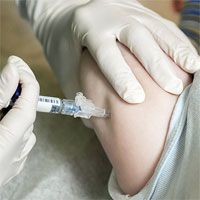
AAP: Recommendations for Preventive Pediatric Health Care
The 2017 Recommendations for Preventive Pediatric Health Care (Periodicity Schedule) have been approved by the American Academy of Pediatrics (AAP) and represents a consensus of AAP and the Bright Futures Periodicity Schedule... read more
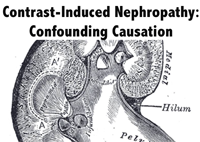
Contrast-Induced Nephropathy: Confounding Causation
Comparing the methodological rigor of more recent CIN studies to those in the past, it seems clear that earlier studies purporting a causal relationship between AKI and contrast administration were only identifying an association... read more

High Levels of Nosocomial Infection Found in Pediatric ICUs
One in six children in pediatric intensive care units (pICU), and one in ten babies in neonatal intensive care units (nICU) develop a hospital-acquired infection (HAI), according to a new study. Researchers at the European... read more
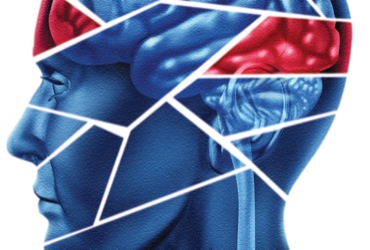
Delirium: Thinking Clearly About a Foggy Issue
Benzodiazepines are one of the leading causes of delirium. These drugs are already falling out of favor in critical care settings for other reasons; they are not easily titratable, and research suggests they can prolong a... read more
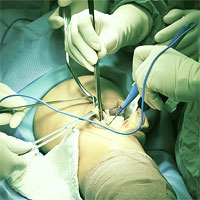
Assessing Postoperative Pulmonary Complications After Noncardiothoracic Surgery
In this multicenter study in 1202 American Society of Anesthesiologists physical status 3 patients undergoing noncardiothoracic surgery requiring 2 hours or more of general anesthesia with mechanical ventilation, at least... read more
Vitamin D supplementation to prevent acute respiratory tract infections
Vitamin D supplementation was safe and it protected against acute respiratory tract infection overall. Patients who were very vitamin D deficient and those not receiving bolus doses experienced the most benefit. 25 eligible... read more
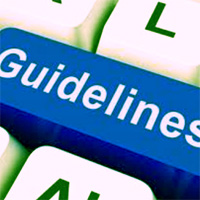
Guidelines for Family-Centered Care in the Neonatal, Pediatric, and Adult ICU
The primary goal of these guidelines is to identify best practices for family-centered care in the ICU based on existing evidence. These guidelines were developed using a rigorous, objective, and transparent assessment of... read more

Fecal microbiota transplantation a decolonization treatment option
The use of fecal microbiota transplantation is an option to eradicate highly drug-resistant enteric bacteria carriage, according to results from a small pilot study conducted by French investigators. A prospective study of... read more

Rude Surgeons Likely to Make Mistakes
A new study finds surgeons with a history of patient complaints about their personalities or attitude are more likely to make mistakes in the operating room. Researchers compared surgical outcomes with patient reports of... read more
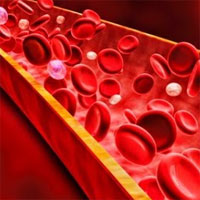
POCT for emergency assessment of coagulation in patients treated with direct oral anticoagulants
Hemochron Signature Point-of-care testing (POCT) can be a fast and reliable alternative for guiding emergency treatment during rivaroxaban and dabigatran therapy. It allows the rapid identification of a relevant fraction... read more

Hemolytic Uremic Syndrome (HUS): Pearls and Pitfalls
A three-year-old male presents with mom for seven days of fever, diarrhea, and decreased activity. When you walk into the room, you note a listless-appearing boy with pallor. His eyes appear sunken. He is tachycardic, tachypneic,... read more

Wide variations found in evaluation of newborns for sepsis
The evaluation of well-appearing term infants for early-onset sepsis (EOS) varies considerably among hospitals, with some doing extensive work-ups and giving antibiotics while others simply observe and provide newborn routine... read more

Intravenous Lidocaine To Reduce Propofol Burning And Response To Laryngoscopy
Lidocaine (1 - 1.5 mg/kg) is often given intravenously prior to the induction of general anesthesia for a dual purpose - to mitigate the burning sensation of propofol (attributed to its glycerol additive) and to blunt the... read more
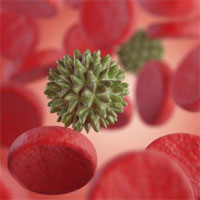
MR-proADM Accuracy Superior for Sepsis Mortality Prediction
The use of novel sepsis biomarkers has increased in recent years. However, their prognostic value with respect to illness severity has not been explored. In this work, we examined the ability of mid-regional proadrenomedullin... read more
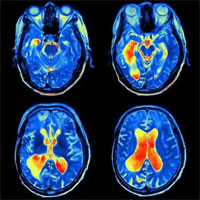
Carotid Stenting Technology Has More Appeal
Ten-year follow-up from the CREST trial and 5-year follow-up from the ACT I study, presented at least year's International Stroke Conference, showed that carotid artery stenting (CAS) holds up well over the long term... read more

Candida Auris forms biofilms that enhance its virulence and resistance
In three separate trials, eight samples of each strain of C. auris grew biofilms that constitute a key driver of Candida pathogenicity. C. auris first attracted attention in 2009 because of its resistance to azoles and amphotericin... read more
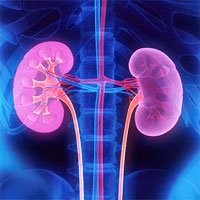
Clinical practice guideline on diagnosis and treatment of hyponatraemia
Hyponatraemia, defined as a serum sodium concentration <135 mmol/l, is the most common disorder of body fluid and electrolyte balance encountered in clinical practice. It can lead to a wide spectrum of clinical symptoms,... read more









